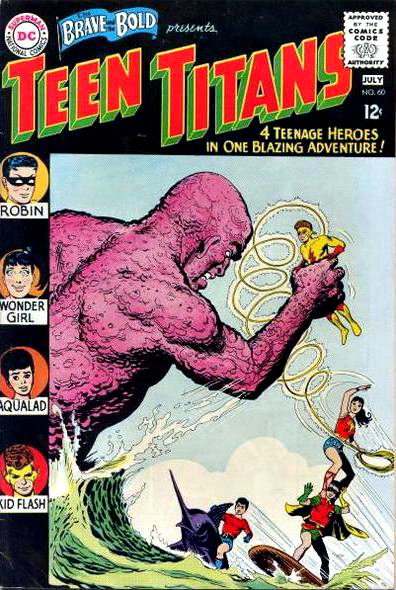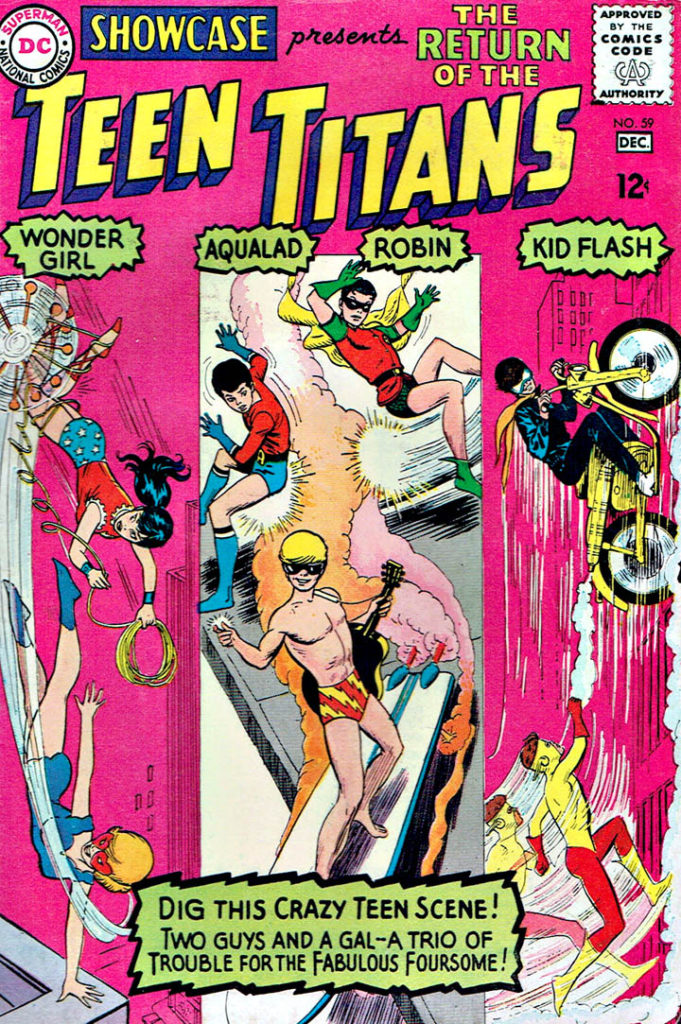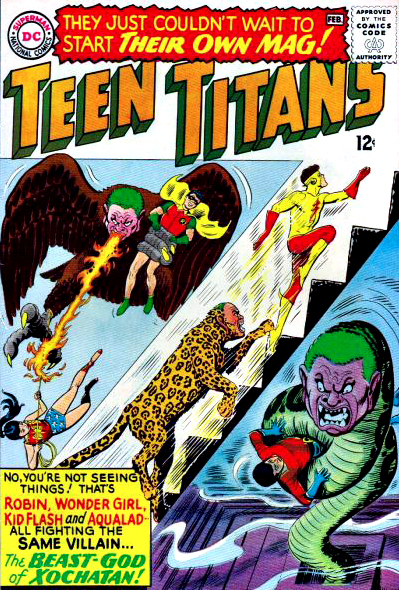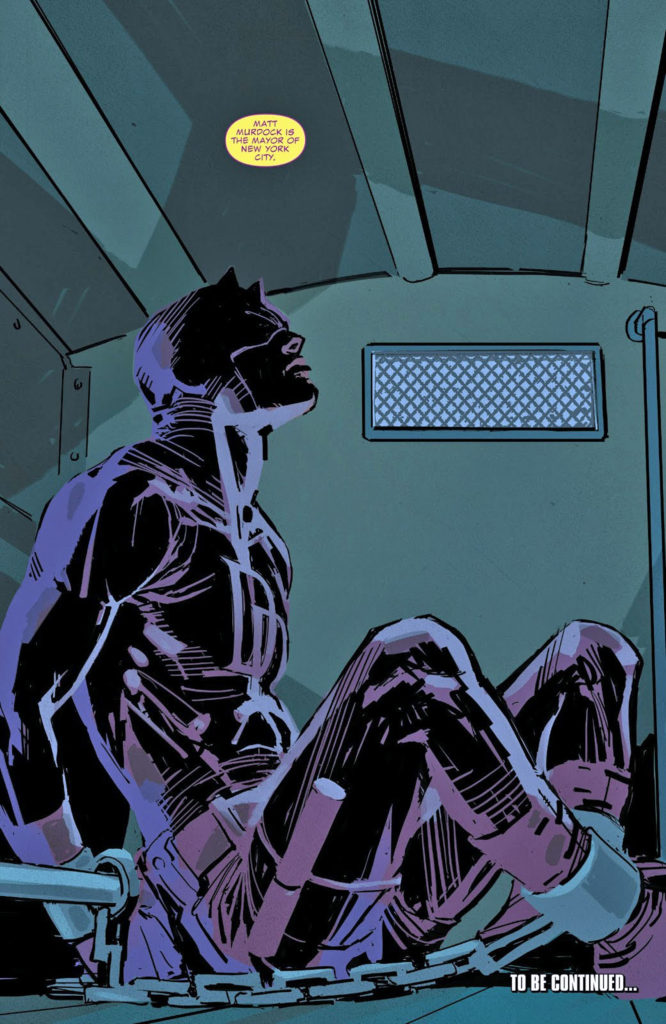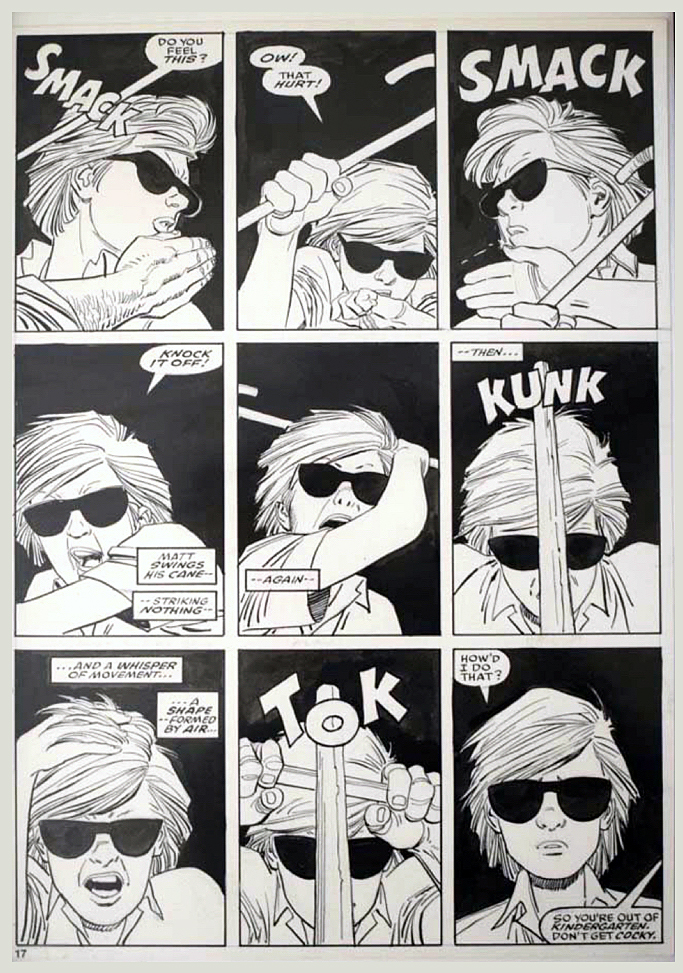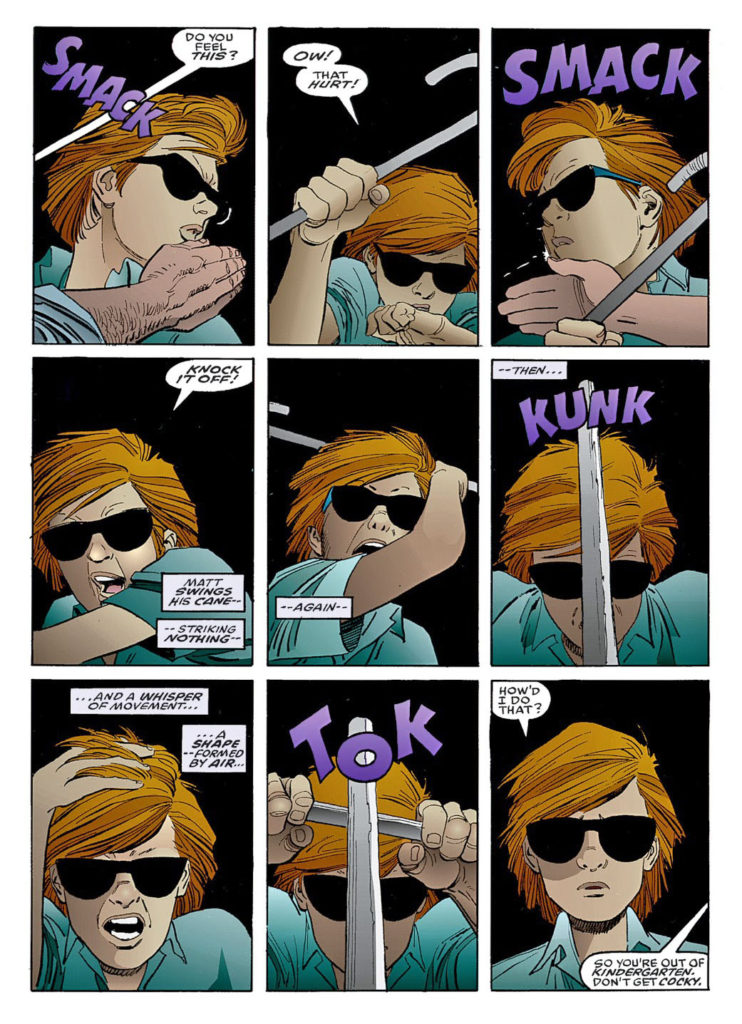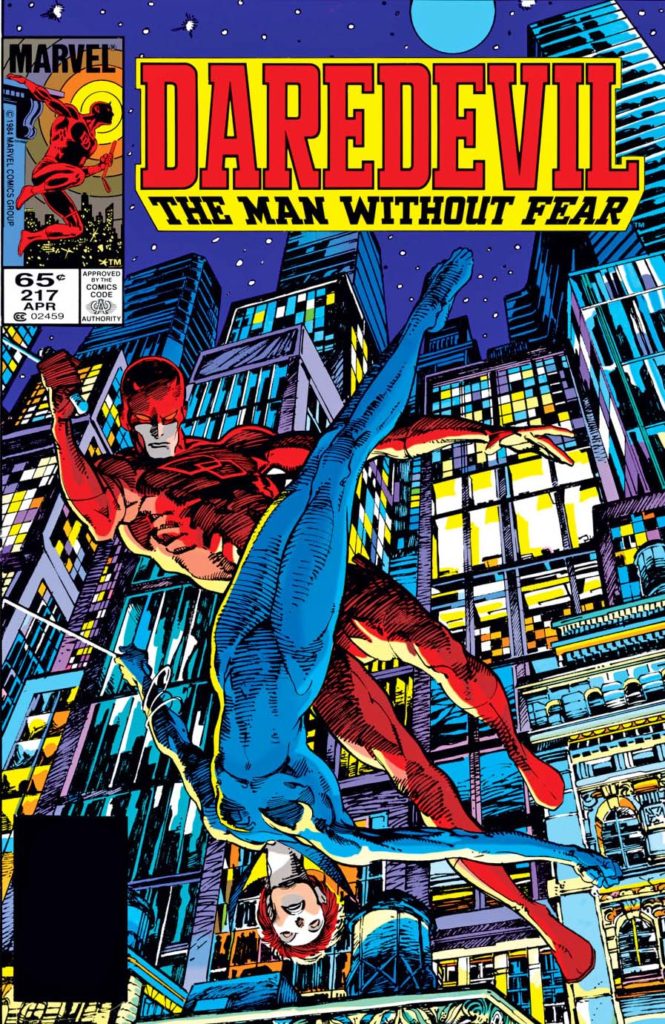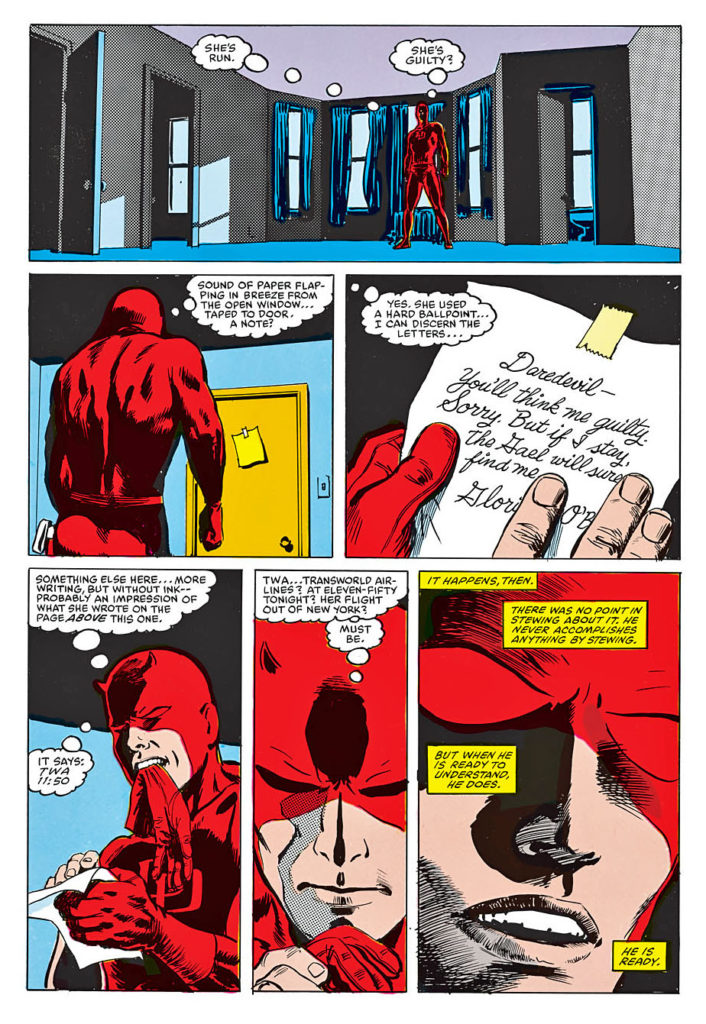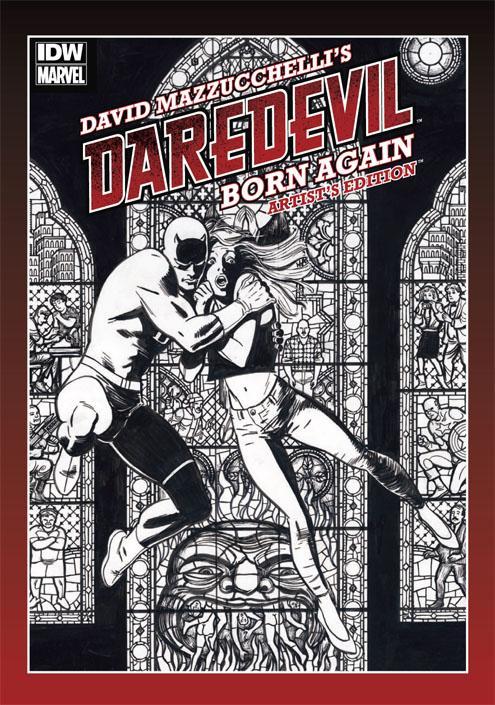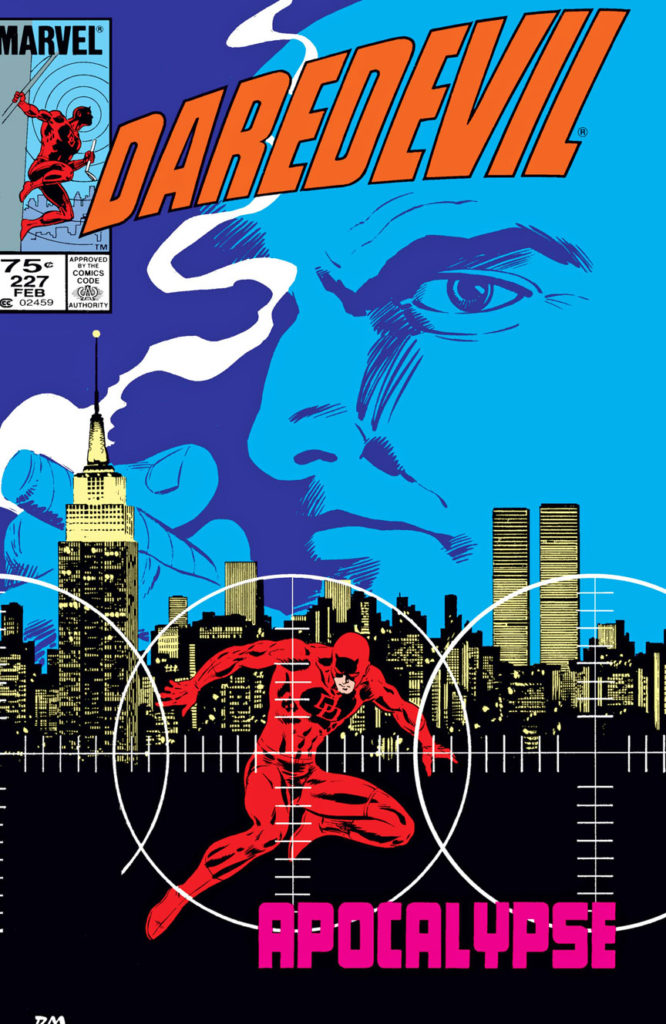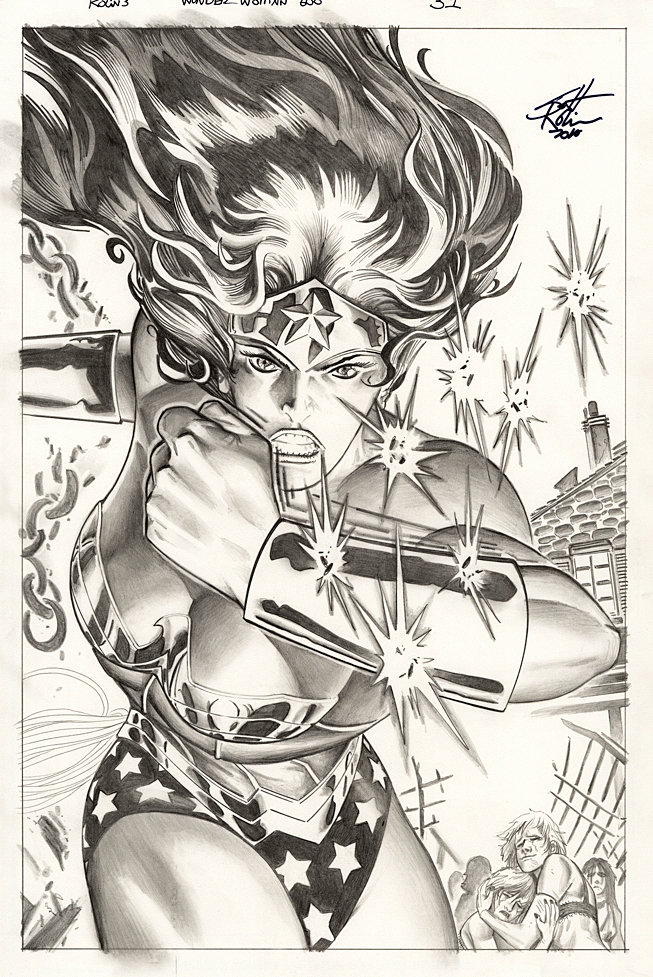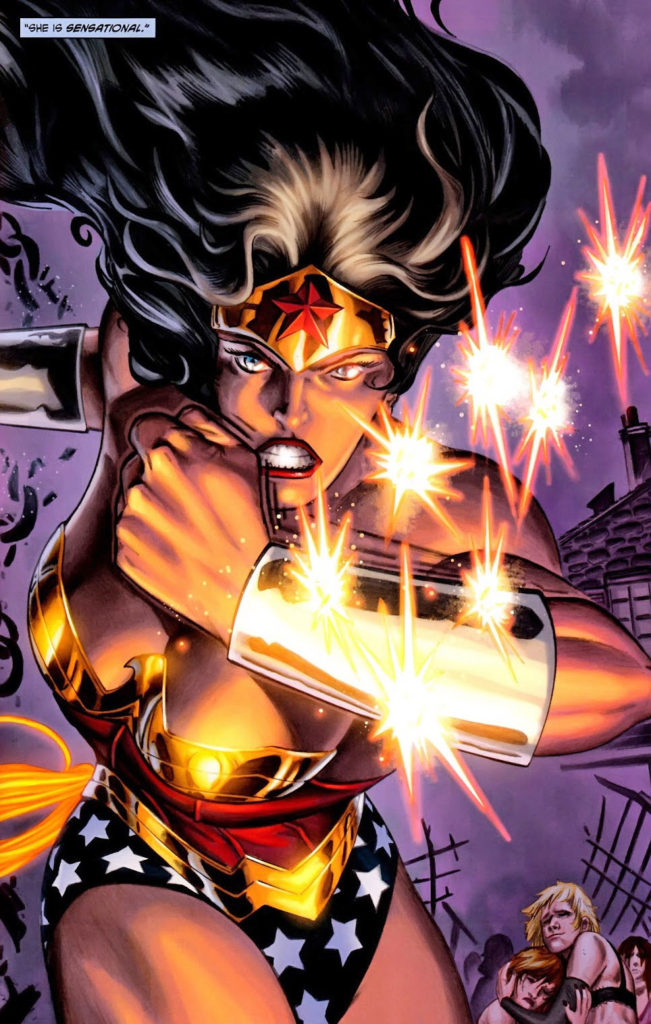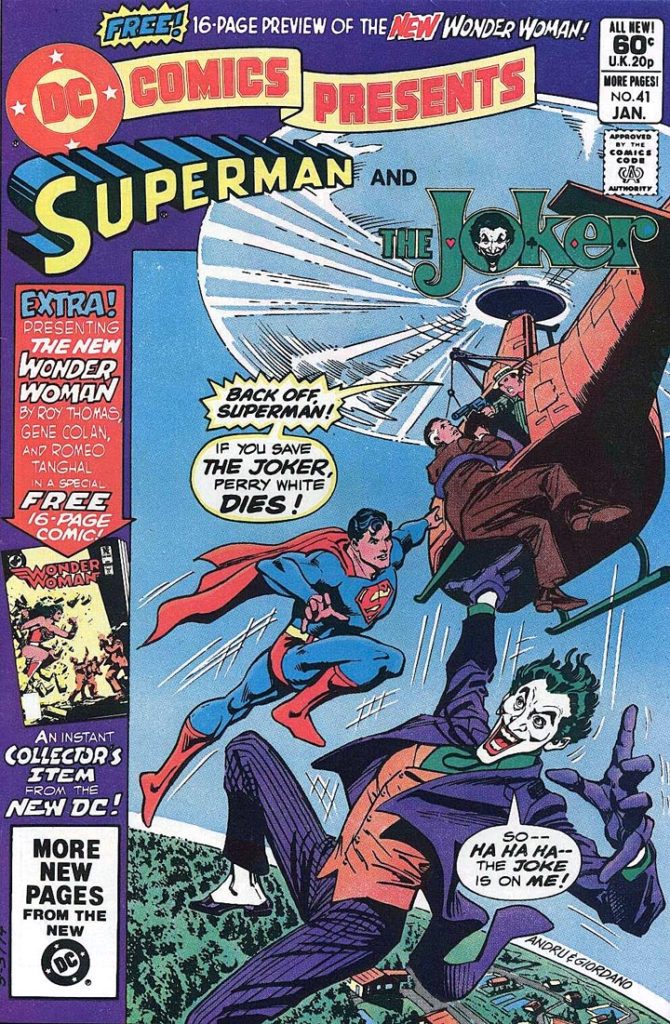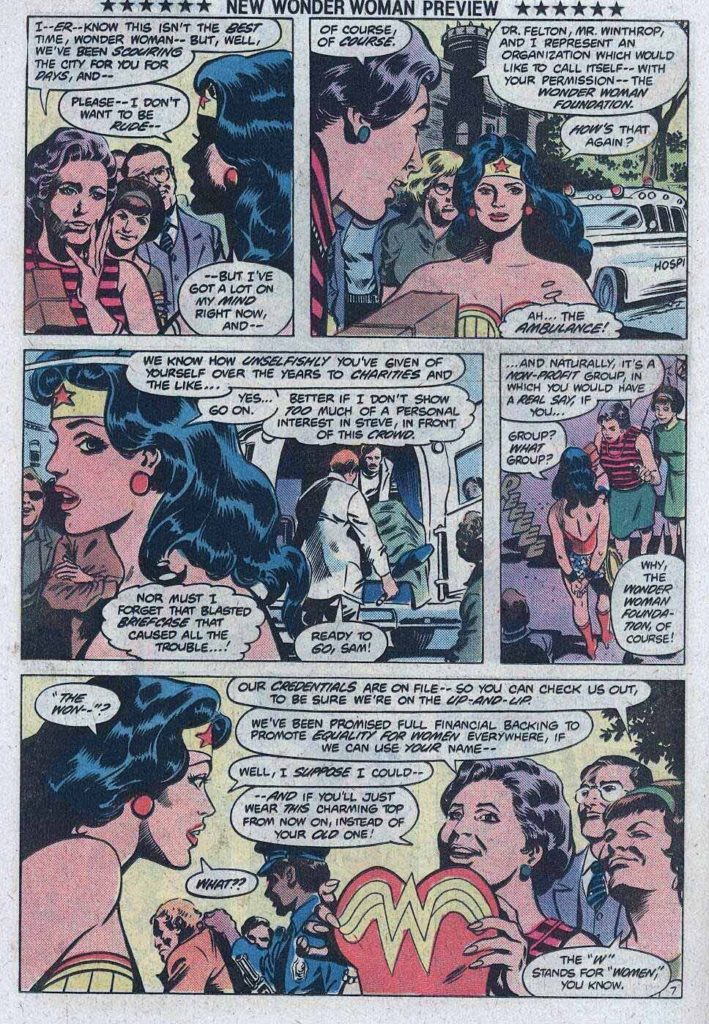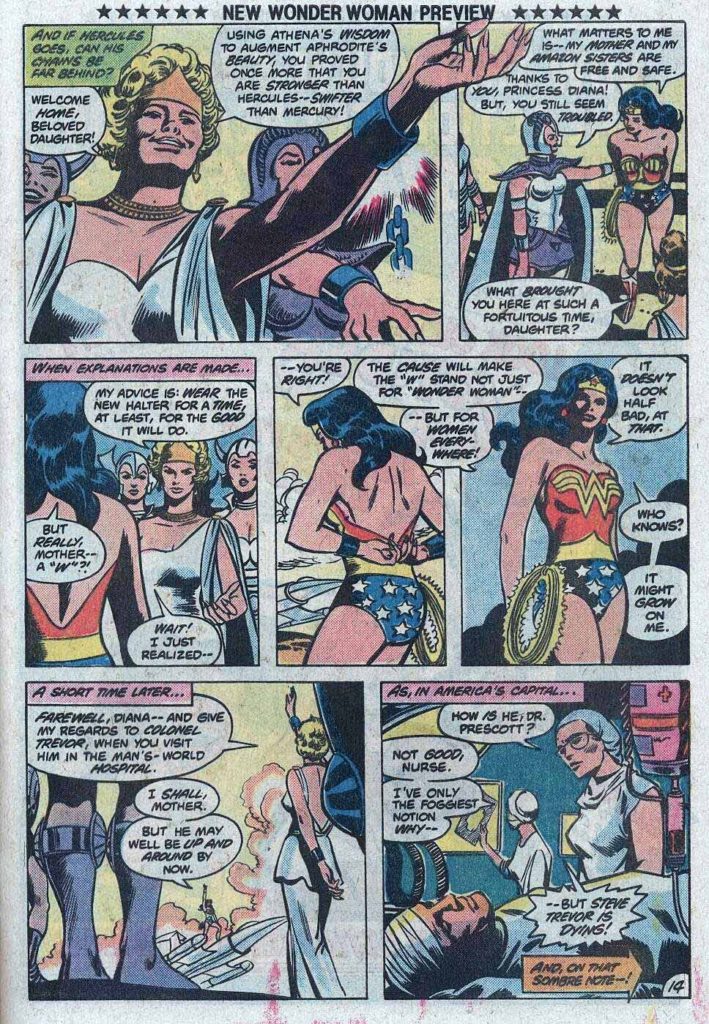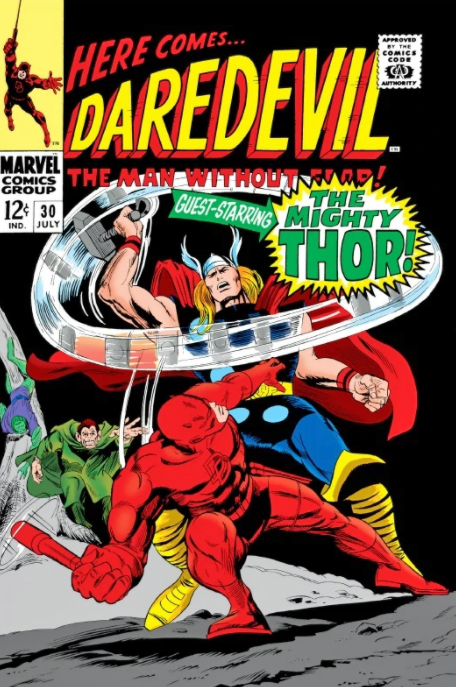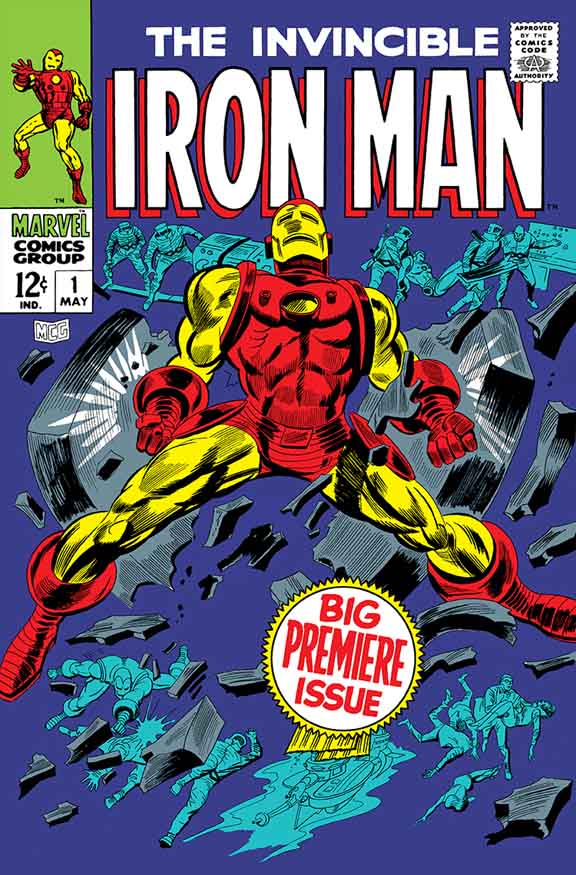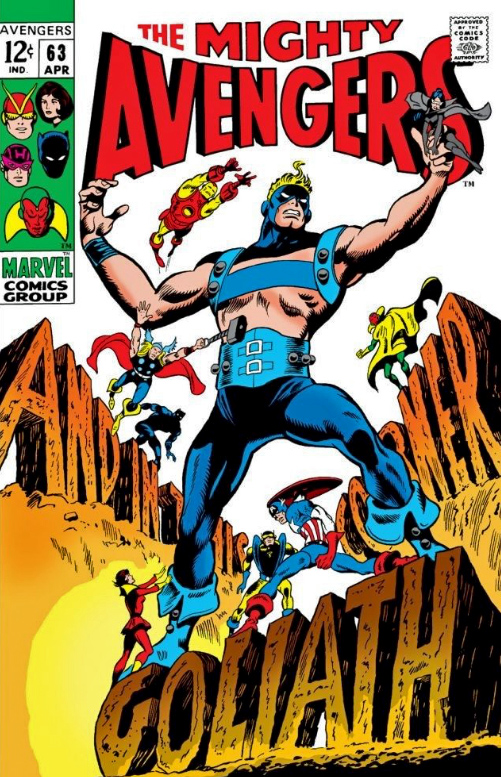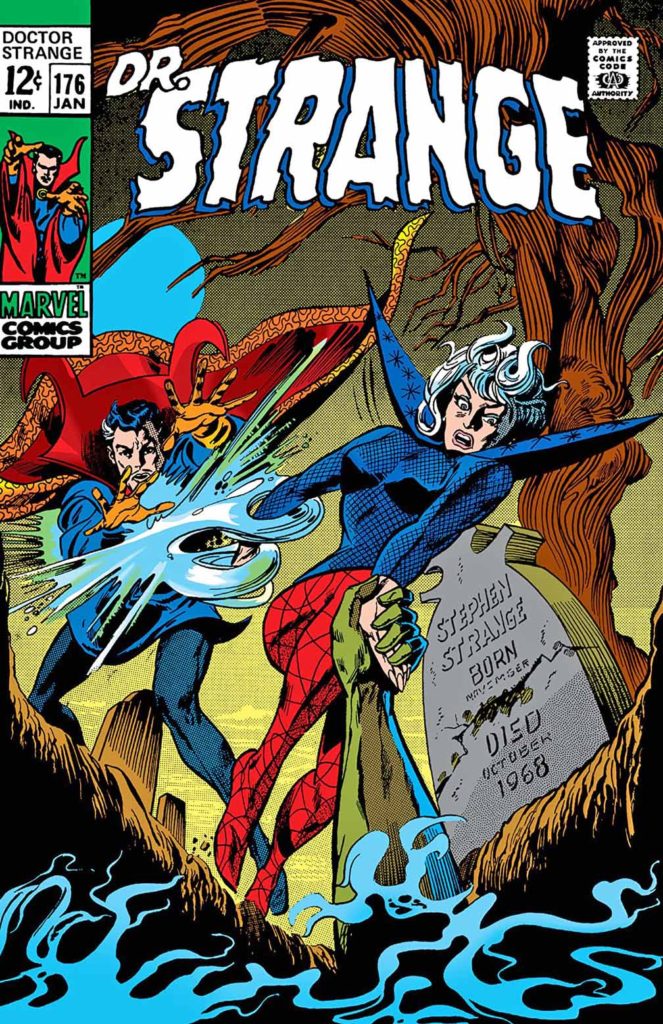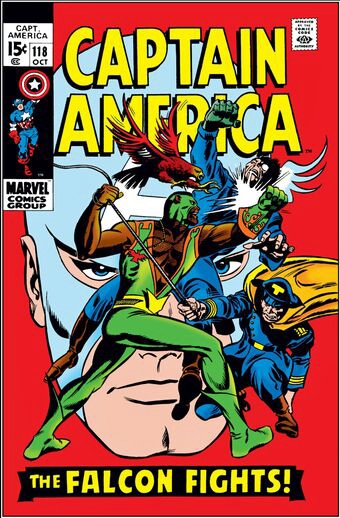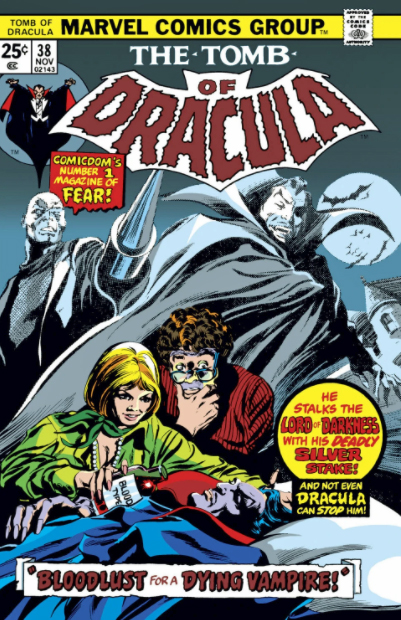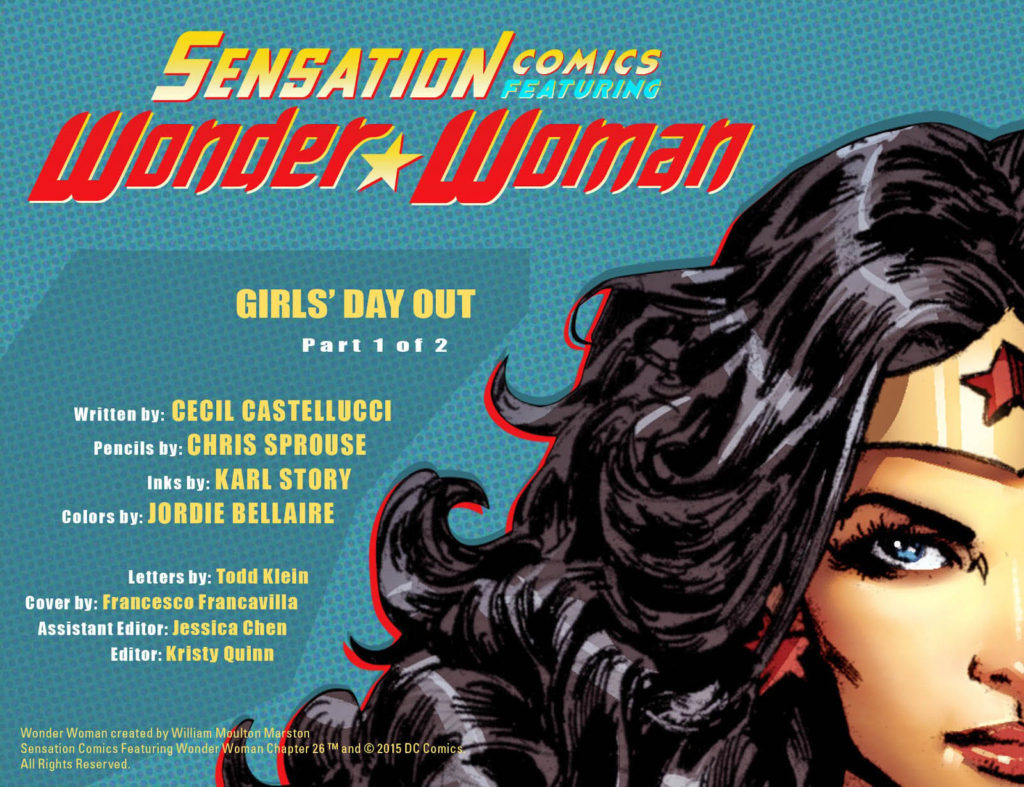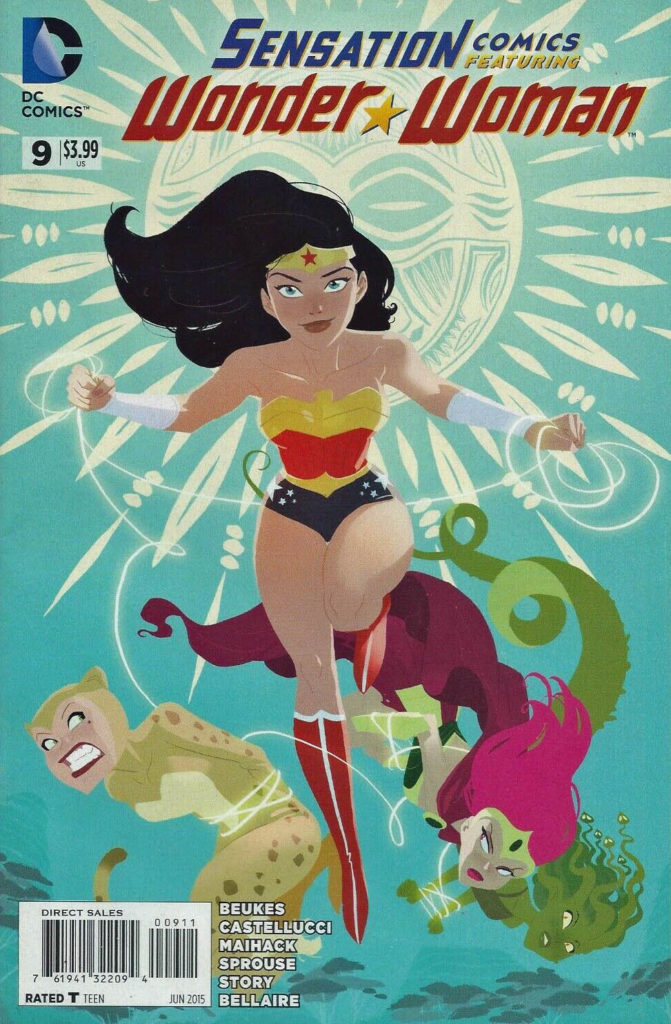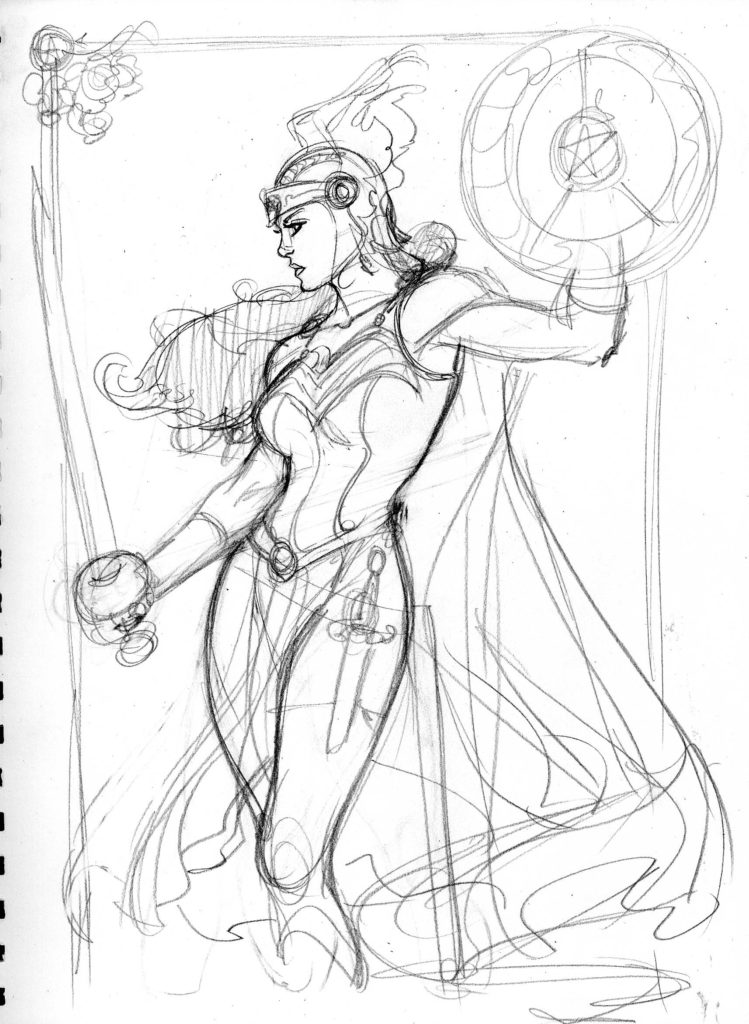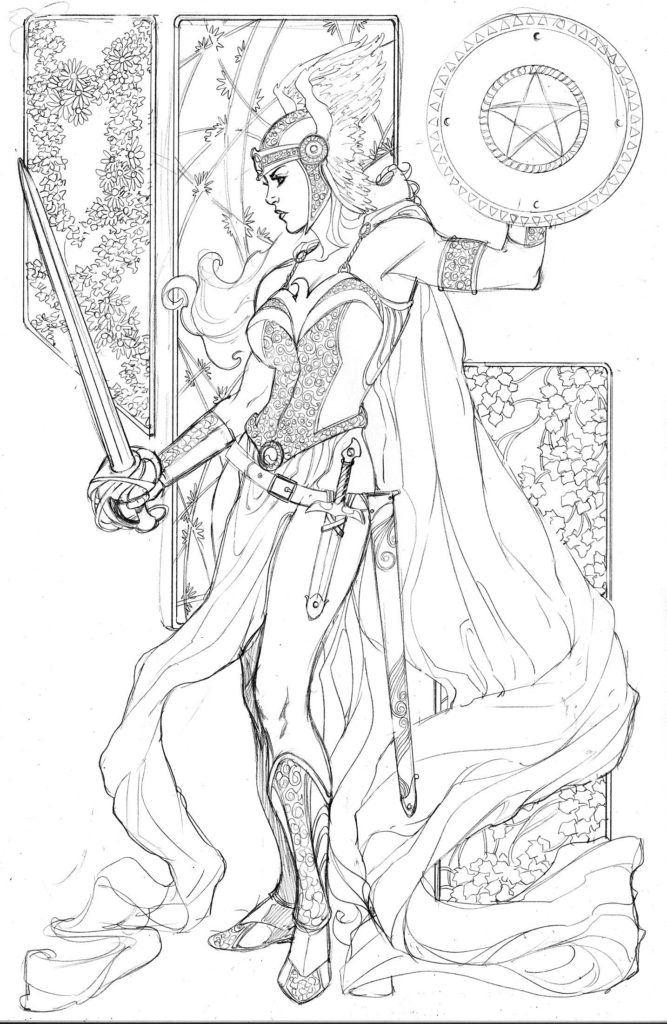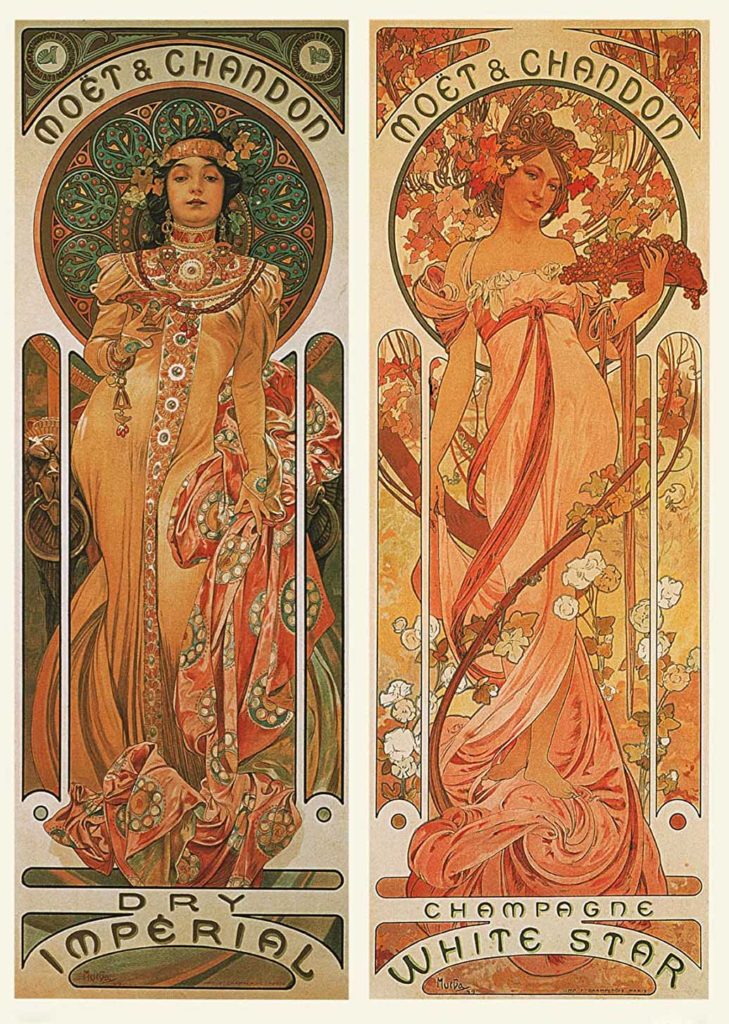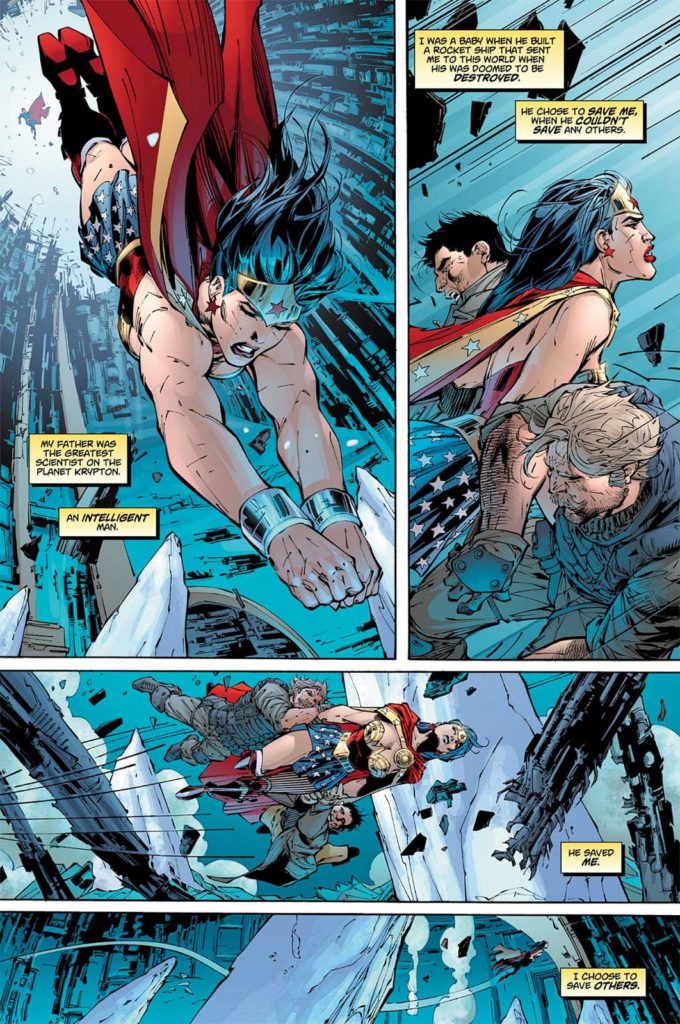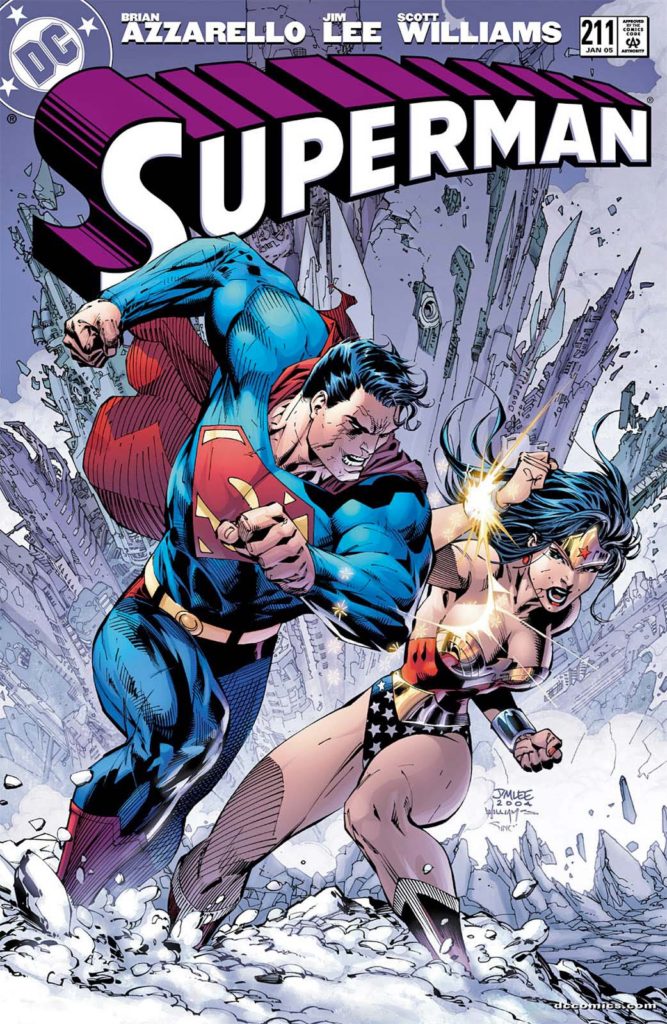Gil Kane and Nick Cardy — Team Up
Teen Titans #24, December 1969
Late 1969 was apparently a great time for assassins on skis.
Making the biggest splash on the slopes were the bad guys in the latest James Bond flick, On Her Majesty’s Secret Service (OHMSS.)
In fact, the skiing action scenes were considered the best thing about the Bond film, the first — and only — featuring George Lazenby as 007. (Replacing Sean Connery.)
Meanwhile, on the newsstand, The Teen Titans have the same problem, among others.
I’m not saying writer Bob Haney borrowed the idea from the OHMSS marketing, which likely had appeared prior to script deadline time. More likely an amusing coincidence.
Either way, the art team of Gil Kane and Nick Cardy delivered some exciting storytelling on the script they had on hand. Glancing through the entire issue, Nick added some nice polish to Gil’s pencils, without turning the entire issue into Cardy instead of Kane.
That’s a bit of a balancing act, especially since Cardy was a terrific and well-established penciller himself.
But I can’t confirm that he skied.
















